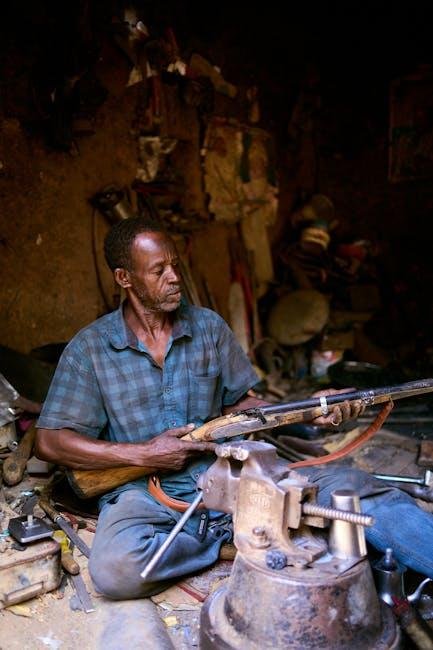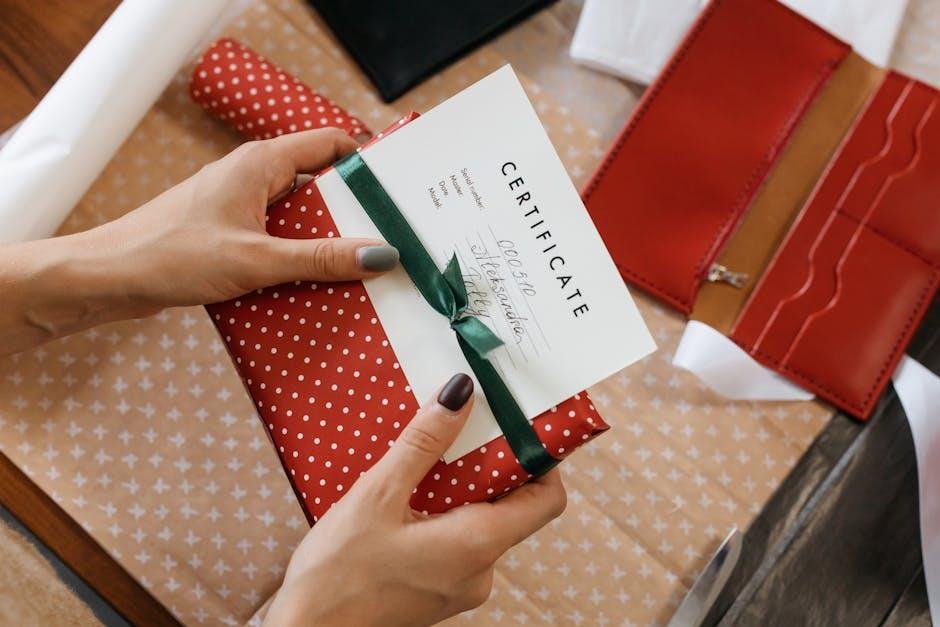In a world increasingly conscious of environmental impact, the realm of fashion is undergoing a transformative shift toward sustainability — and jewellery is shimmering right at the forefront of this movement. gone are the days when adornment simply symbolized luxury; today, it embodies an ethical commitment to the planet. As consumers become more discerning, they seek pieces that not only enhance their personal style but also align with their values of sustainability and social responsibility. From innovative materials to ethical sourcing practices, the landscape of jewelry design is evolving, giving rise to a wave of eco-friendly trends that embody beauty without compromise. Join us as we explore the captivating world of sustainable jewelry and discover the eco trends poised to redefine adornment in the years to come.
Emerging Materials Transforming the Jewelry Landscape
As the quest for sustainability gains momentum, the jewelry industry is undergoing a radical conversion spurred by the introduction of innovative materials that challenge customary norms. among these emerging materials are lab-grown diamonds, which offer a conflict-free alternative to natural stones, and recycled metals that substantially reduce the environmental impact of mining. Designers are increasingly turning to bio-resins made from organic materials, providing an eco-friendly option that mimics classic designs while being entirely sustainable. Other materials that are catching the eye of fashion-forward consumers include:
- sustainable wood sourced from responsibly managed forests
- Natural gemstones that are ethically mined with minimal environmental disruption
- Upcycled materials, transforming discarded items into unique jewelry pieces
Further enhancing the sustainable jewelry movement is the emergence of 3D printing technology. this allows for intricate designs with far less waste than traditional methods. Designers are experimenting with biodegradable plastics, creating stunning pieces that leave a lighter footprint on the planet.To illustrate the shift towards these materials, the following table summarizes the key attributes of notable eco-friendly choices:
| Material | Key Benefits | Impact |
|---|---|---|
| Lab-Grown Diamonds | Ethical, conflict-free | Less environmental disruption |
| Recycled Metals | Reduced mining impact | Lower carbon footprint |
| Bio-resins | Compostable, lightweight | Renewable resources |

Ethical Sourcing Practices Redefining Gemstone Mining
As the demand for ethically sourced gemstones grows, the mining industry is undergoing a significant transformation. Awareness of the environmental and social impacts of traditional mining practices has prompted companies to seek better methods that prioritize sustainability. Artisanal mining, for example, offers a way for local communities to engage in gemstone extraction with minimal environmental disruption while fostering economic advancement. Furthermore, many organizations are committing to traceability, ensuring that gemstones are sourced from conflict-free zones and that labor practices are fair. This shift not only supports responsible mining but also empowers consumers to make informed choices.
The introduction of certification programs has played a crucial role in reshaping the industry. by adhering to ethical standards, companies can provide transparency throughout their supply chains. Some of the key initiatives include:
- Fair Trade Certification: Ensures miners receive fair wages and work in safe conditions.
- Responsible Jewellry Council: Promotes ethical sourcing and environmental stewardship.
- Kimberley Process: Aims to prevent conflict diamonds from entering the market.
With consumers increasingly prioritizing sustainable choices, the demand for ethically mined gemstones is certain to continue on its upward trajectory. Brands are now more aware than ever that aligning their practices with the values of conscious consumers is not only beneficial for the environment and society but also essential for future growth and innovation.

Innovative Design Techniques for Eco-Friendly Elegance
Incorporating innovative design techniques into jewelry creation not only enhances the aesthetic appeal but also champions sustainability.Designers are shifting towards the use of recycled materials, effectively reducing waste without compromising on elegance. Techniques such as upcycling transform discarded items into stunning pieces of jewelry, making each item not just a fashion statement but also a conversation starter. Additionally, the incorporation of biodesign, where organic materials break down harmoniously with the environment, is gaining traction. This approach marries nature and design in a unique way that highlights both beauty and responsibility.
Another wave of sustainable practices is the use of 3D printing technology, which minimizes excess material and energy consumption. Designers can create intricate, bespoke designs with precision, significantly reducing the carbon footprint associated with traditional manufacturing processes. Moreover, brands are now focusing on sourcing materials from ethical suppliers, ensuring transparency in sourcing practices. Adopting these techniques not only aids in creating beautiful, eco-friendly jewelry, but also cultivates a growing appreciation for the story behind each piece. Here are some core elements contributing to the sustainable jewelry movement:
- Ethical sourcing: Prioritizing materials that support fair trade and responsible mining.
- Renewable materials: Utilizing plant-based or regenerated materials to minimize environmental impact.
- Local craftsmanship: Supporting local artisans reduces transportation emissions and bolsters local economies.

Consumer Awareness and the Rise of Green Certifications
In recent years, consumer awareness has soared, particularly regarding the environmental impact of their purchases. As individuals become more educated about sustainability, they are increasingly seeking products that align with their values, especially in the jewelry sector. The rise of green certifications has played a crucial role in guiding consumers toward brands that prioritize eco-friendly practices.Shoppers now look for certifications that guarantee ethical sourcing of materials, eco-conscious production methods, and fair labor practices. This shift is not merely a trend; it reflects a growing demand for transparency and accountability in the jewelry industry.
As a result, jewelry brands are responding with innovative designs and sustainable practices that resonate with eco-conscious consumers. Some of the prominent certifications gaining traction include:
- Fair Trade Certified: Ensures that artisans receive fair wages and work in safe conditions.
- EcoCert: Focuses on sustainable sourcing of raw materials and environmentally friendly practices.
- Responsible Jewelry Council: Promotes ethical practices throughout the jewelry supply chain.
these certifications not only serve as a badge of honor for jewelry brands but also empower consumers to make informed decisions, turning eco-friendly choices into a new consumer norm.
In Retrospect
As we wrap up our exploration of sustainable jewelry and the eco trends shaping this vibrant industry, it’s clear that a shift is underway. Embracing sustainability is no longer just a fleeting trend; it’s a movement that resonates with consumers and artisans alike. From ethically sourced gemstones to innovative recycled materials, the landscape of jewelry is transforming into one that reflects our growing awareness of the planet and its resources.As you navigate your own journey in the world of adornments, consider how each piece you choose can tell a story—not just of beauty and craftsmanship, but also of responsibility and respect for the Earth. By opting for sustainable jewelry, you’re not only enhancing your personal style but also contributing to a future that values ethical practices and environmental stewardship.
So, keep your eyes peeled for these exciting eco trends, and remember that every purchase is an opportunity to support a greener, more conscious world. together, we can help redefine luxury, making it synonymous with sustainability, one exquisite piece at a time.

